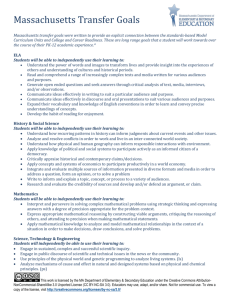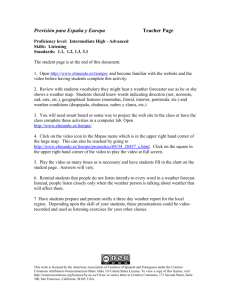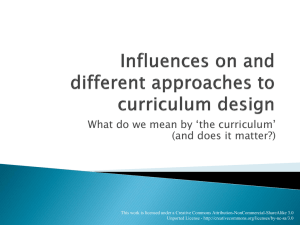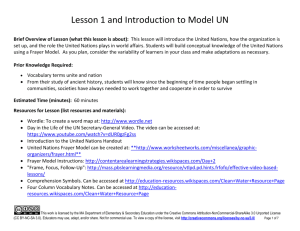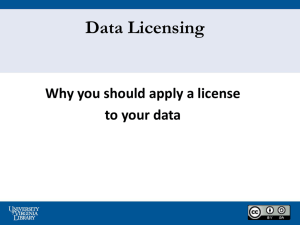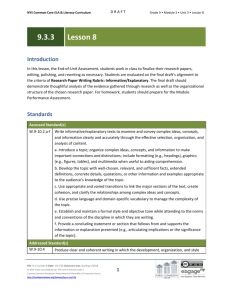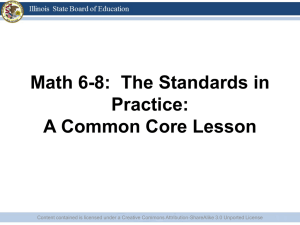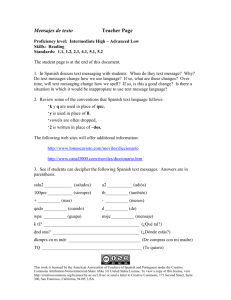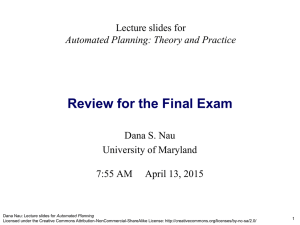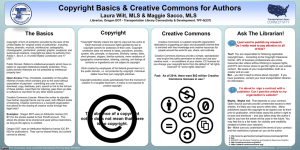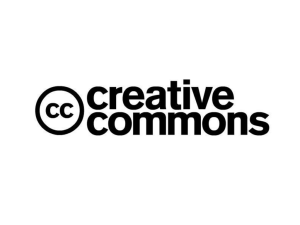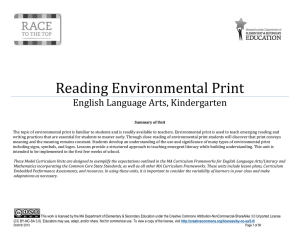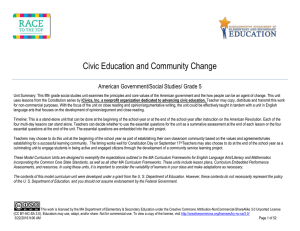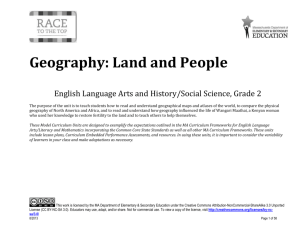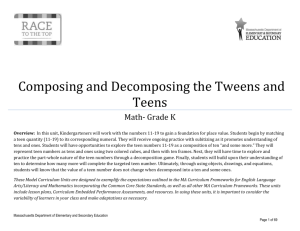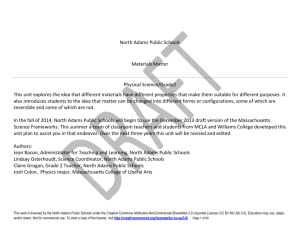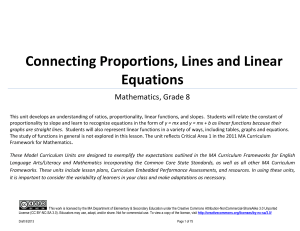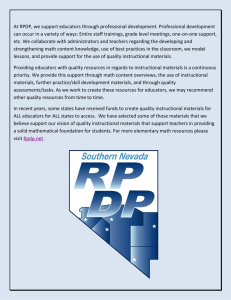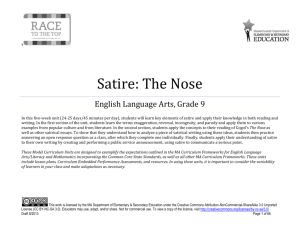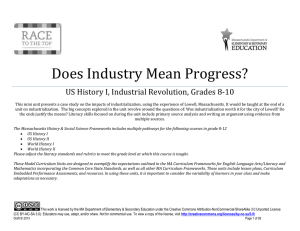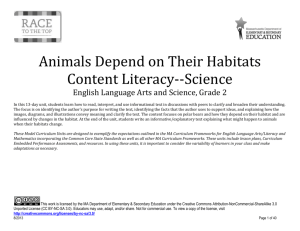HSS Grade 4 America`s Salad The Story of Immigration to
advertisement
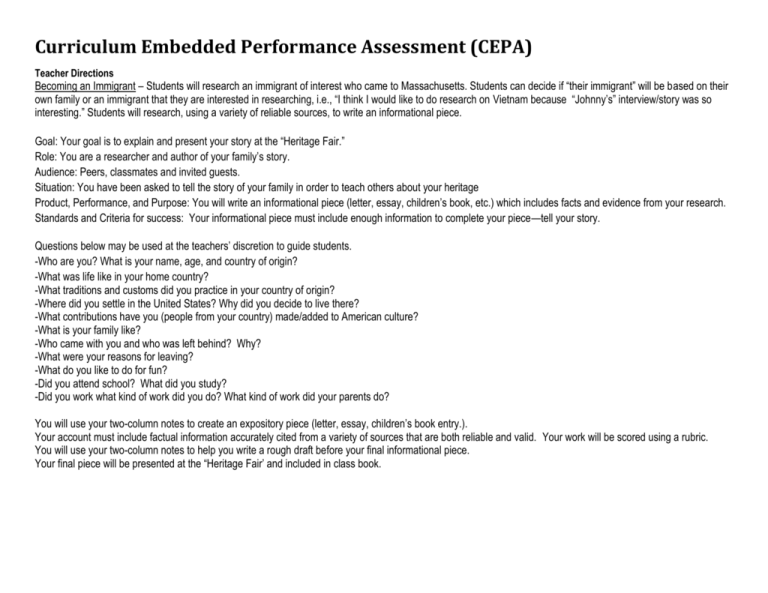
Curriculum Embedded Performance Assessment (CEPA) Teacher Directions Becoming an Immigrant – Students will research an immigrant of interest who came to Massachusetts. Students can decide if “their immigrant” will be based on their own family or an immigrant that they are interested in researching, i.e., “I think I would like to do research on Vietnam because “Johnny’s” interview/story was so interesting.” Students will research, using a variety of reliable sources, to write an informational piece. Goal: Your goal is to explain and present your story at the “Heritage Fair.” Role: You are a researcher and author of your family’s story. Audience: Peers, classmates and invited guests. Situation: You have been asked to tell the story of your family in order to teach others about your heritage Product, Performance, and Purpose: You will write an informational piece (letter, essay, children’s book, etc.) which includes facts and evidence from your research. Standards and Criteria for success: Your informational piece must include enough information to complete your piece—tell your story. Questions below may be used at the teachers’ discretion to guide students. -Who are you? What is your name, age, and country of origin? -What was life like in your home country? -What traditions and customs did you practice in your country of origin? -Where did you settle in the United States? Why did you decide to live there? -What contributions have you (people from your country) made/added to American culture? -What is your family like? -Who came with you and who was left behind? Why? -What were your reasons for leaving? -What do you like to do for fun? -Did you attend school? What did you study? -Did you work what kind of work did you do? What kind of work did your parents do? You will use your two-column notes to create an expository piece (letter, essay, children’s book entry.). Your account must include factual information accurately cited from a variety of sources that are both reliable and valid. Your work will be scored using a rubric. You will use your two-column notes to help you write a rough draft before your final informational piece. Your final piece will be presented at the “Heritage Fair’ and included in class book. Curriculum Embedded Performance Assessment (CEPA) CEPA Student Instructions: You will research an immigrant of interest who came to Massachusetts. You can decide if “your immigrant” will be based on your own family or an immigrant you are interested in researching. For instance, “I think I would like to do research on _________________ because _________________ interview/story was so interesting. You will conduct your research using a variety of reliable resources to write an informational piece. You will present your pieces at our “Heritage Fair.” At the “Heritage Fair” we will invite special guests to hear your story. All the stories will be bound together to create a class book titled “Our Heritage: Stories From Room _____.” This book will be circulated among your families. Goal: Your goal is to explain and present your story at the “Heritage Fair.” Role: You are a researcher and author of your family’s story. Audience: Peers, classmates and invited guests. Situation: You have been asked to tell the story of your family in order to teach others about your heritage Product, Performance, and Purpose: You will write an informational piece (letter, essay, children’s book, etc.) which includes facts and evidence from your research. Note-taking & Keywords vocabulary Exceeds Expectations Meets Expectations Developing Emerging Located and recorded information which answered all of the research questions. Located and recorded information which answered most of the research questions. Located and recorded a lot of information that did not directly answer the research questions. Located and recorded incomplete information which failed to answer any of the research questions. Organized neat, easy to read notes. Organized notes and most were neat and easy to read. Failed to organize notes effectively; Did not organize notes; all notes many were messy and hard to read. were messy and hard to read. Wrote all notes using own words and key facts. Wrote most notes using own words and key facts. Wrote some notes that were copied word-for-word from the source. Copied most or all of the notes word-for-word from the source. Selected effective keywords. Selected mostly effective keywords. Selected many keywords that were not effective. Selected no effective keywords. Synthesize the information from a variety of sources in a logical progression focusing on one topic at a time. Synthesize most of the information from a variety of sources in a logical progression focusing on one topic at a time. Synthesize most of the information from a variety of sources in a disorganized progression that does not focus on one topic at a time. Information is from one source and unable to answer the questions and is off-topic. Distinguish reliable and valid sources Used at least 3 reliable and valid sources. Used 2 reliable and valid sources. Used 1 reliable and valid source. Did not use any reliable or valid sources. Sharing and Presenting Information Presented all information in a clear and organized way. Presented most of the information in Presented information which was a clear and organized way. poorly organized or was difficult to understand some of the time. Synthesizing Presented information which was poorly organized, hard to understand. Two Column Notes Lesson 2 What is your name? Age? Job? Country of origin? What was your life like in your home country? What traditions/ customs did you practice in your country of origin? Where did you settle in the United States? Why did you decide to settle there? This work is licensed by the MA Department of Elementary & Secondary Education under the Creative Commons Attribution-NonCommercial-ShareAlike 3.0 Unported License (CC BY-NC-SA 3.0). Educators may use, adapt, and/or share. Not for commercial use. To view a copy of the license, visit http://creativecommons.org/licenses/by-nc-sa/3.0/ Draft 8/ 2013 Page 4 of 11 Lesson 4 Handout Super Source Checklist _____ I can find the date of publication _____ I can find the author or organization _____ I can explain why the author is an expert in this subject Example: - Website ends in .gov, .org - Author studied this subject - Author works in this field This work is licensed by the MA Department of Elementary & Secondary Education under the Creative Commons Attribution-NonCommercial-ShareAlike 3.0 Unported License (CC BY-NC-SA 3.0). Educators may use, adapt, and/or share. Not for commercial use. To view a copy of the license, visit http://creativecommons.org/licenses/by-nc-sa/3.0/ Draft 8/ 2013 Page 5 of 11 _____Most of the information is factual, not opinion-based Lesson 6 Informational Piece Checklist This work is licensed by the MA Department of Elementary & Secondary Education under the Creative Commons Attribution-NonCommercial-ShareAlike 3.0 Unported License (CC BY-NC-SA 3.0). Educators may use, adapt, and/or share. Not for commercial use. To view a copy of the license, visit http://creativecommons.org/licenses/by-nc-sa/3.0/ Draft 8/ 2013 Page 6 of 11 Introduction Body Did you introduce the topic? Did you introduce your topic with supporting details? Do your supporting details completely relate to the topic? Is your topic stated clearly? Is your introductory paragraph catchy and does it engage the reader? Do you have a paragraph for each of your 3-5 details? Is each detail clearly stated at the beginning of each paragraph? Did you back up each detail with facts? Is it effectively organized? Did you include closing remarks at the end of each paragraph and lead into the next paragraph? Conclusion Overall: Did you re-state your topic idea? Did you finish with an ending that leaves the reader satisfied? Did you summarize the previous paragraphs? Is your piece interesting and well focused? Did you use strong, supporting and relevant details? Do all your paragraphs relate well to your topic? Have you really captured your reader’s interest? Have you left your readers satisfied? This work is licensed by the MA Department of Elementary & Secondary Education under the Creative Commons Attribution-NonCommercial-ShareAlike 3.0 Unported License (CC BY-NC-SA 3.0). Educators may use, adapt, and/or share. Not for commercial use. To view a copy of the license, visit http://creativecommons.org/licenses/by-nc-sa/3.0/ Draft 8/ 2013 Page 7 of 11 This work is licensed by the MA Department of Elementary & Secondary Education under the Creative Commons Attribution-NonCommercial-ShareAlike 3.0 Unported License (CC BY-NC-SA 3.0). Educators may use, adapt, and/or share. Not for commercial use. To view a copy of the license, visit http://creativecommons.org/licenses/by-nc-sa/3.0/ Draft 8/ 2013 Page 8 of 11 This work is licensed by the MA Department of Elementary & Secondary Education under the Creative Commons Attribution-NonCommercial-ShareAlike 3.0 Unported License (CC BY-NC-SA 3.0). Educators may use, adapt, and/or share. Not for commercial use. To view a copy of the license, visit http://creativecommons.org/licenses/by-nc-sa/3.0/ Draft 8/ 2013 Page 9 of 11 This work is licensed by the MA Department of Elementary & Secondary Education under the Creative Commons Attribution-NonCommercial-ShareAlike 3.0 Unported License (CC BY-NC-SA 3.0). Educators may use, adapt, and/or share. Not for commercial use. To view a copy of the license, visit http://creativecommons.org/licenses/by-nc-sa/3.0/ Draft 8/ 2013 Page 10 of 11 This work is licensed by the MA Department of Elementary & Secondary Education under the Creative Commons Attribution-NonCommercial-ShareAlike 3.0 Unported License (CC BY-NC-SA 3.0). Educators may use, adapt, and/or share. Not for commercial use. To view a copy of the license, visit http://creativecommons.org/licenses/by-nc-sa/3.0/ Draft 8/ 2013 Page 11 of 11
